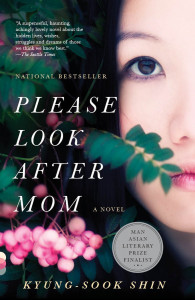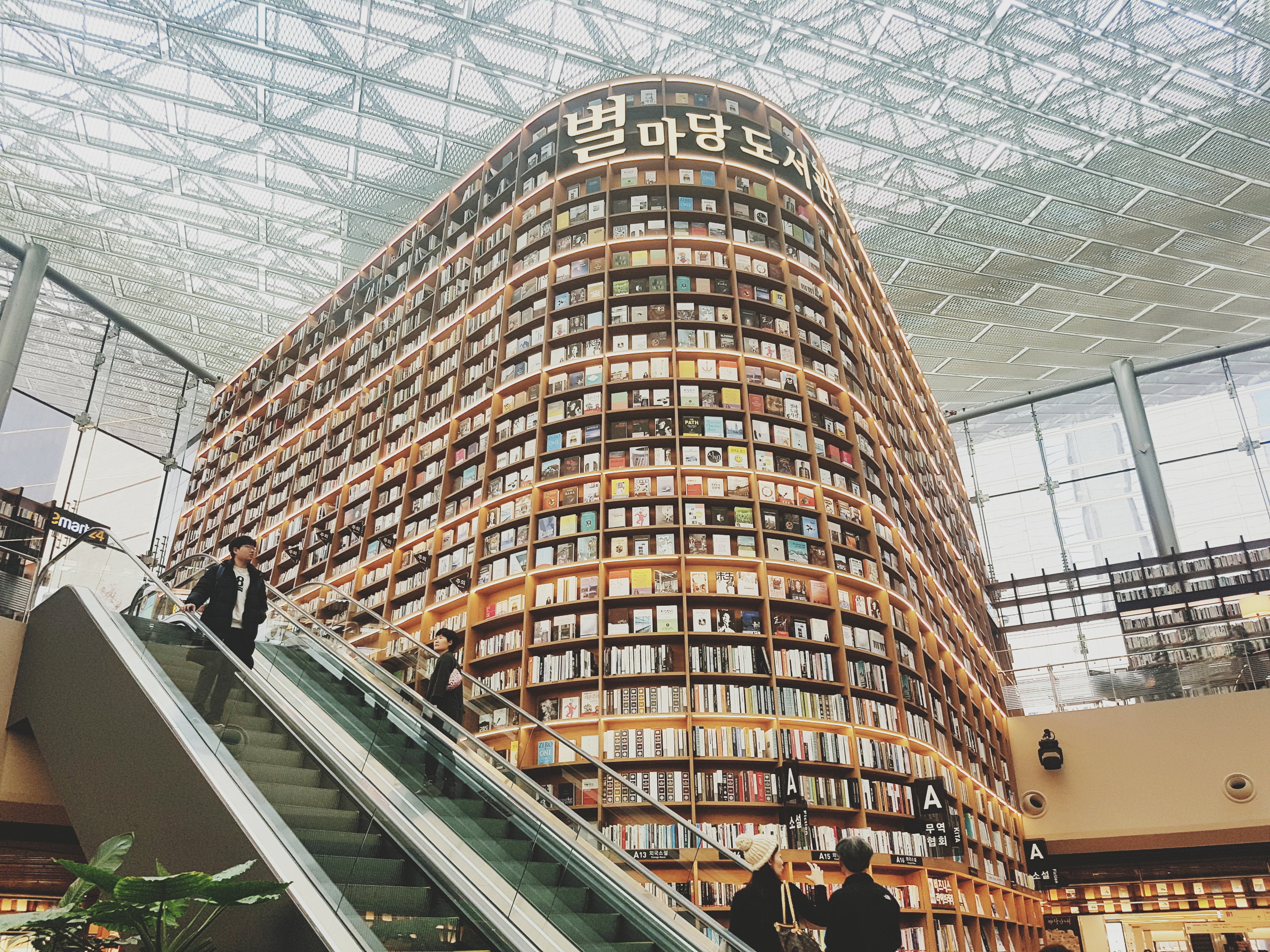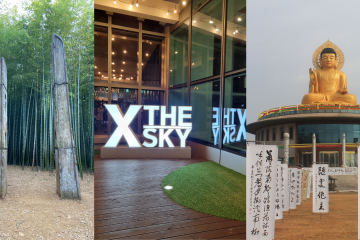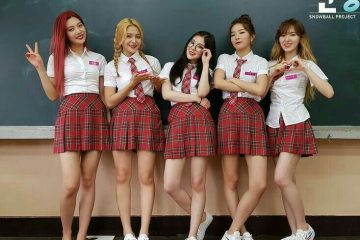
When humans began to communicate with one another, we started to tell stories. At first, it was stories told from word of mouth—made-up ones and real ones intertwining in our imaginations. And then we started writing them down, creating copies upon copies to spread to more people. Throughout different cultures, the concept of literature has evolved in different ways. The same goes for Korean literature. It has its own history of development to get to where it is today.
As someone who loves literature, I wanted to share basic things about Korean literature (and maybe a few cool things).
Table of Contents
How is Korean literature viewed in South Korea?
Overall, there’s no exact answer to this question. However, if you consider the fact that South Korea puts a higher importance on education, the idea of including literature into their daily lives makes a bit more sense. Coupled with the amount of libraries, book stores, and publishing houses, I think it’s safe to assume that literature is viewed pretty positively in South Korea. (That’s not to say that the rates of reading aren’t going down. The industry is still slowing, even though it has a positive view.)
I personally have seen many k-pop idols and actors/actresses talk about the books they’ve read in their free time. While this doesn’t prove their look on literature, it helps push the idea that people from South Korea like to read.
Popular Genres in South Korean Literature
While scavenging through the internet in search of the most popular genres you might find in South Korean books, I stumbled upon some interesting things. Though they have many genres like most countries do, books in South Korea tend to fall under two categories.
First, Mainstream Fiction—or “Pure Literature.”
And second, Popular Fiction—or, the opposite of “Pure Literature.” This umbrellas genres such as Historical Fiction, Fantasy, Science Fiction, etc.
While these might not sound like that different of genres, to the avid readers there is a pretty big distinction between the two. If I had to compare this difference to something, I would compare it to the genres of Literary Fiction and Genre Fiction that you can find in the US. Speaking from personal experience, conversations about these genres tend to spark up intense discussions on whether or not they’re all that different.
And while the line between Pure Literature and Popular Fiction has blurred a little bit over time, there will always be one person who will define the genres firmly.
How has Korean Literature changed?
Generally, Korean Literature has been around for about 1,500 years. Or, at least, that’s the point people have marked as the beginning of Korean Literature.
Interestingly enough, for most of the history of Korean Literature, it was written in Hanja—which is a writing system that consists of traditional Chinese characters. Only when North and South Korea separated in 1945 did Korean Literature begin to be written in Korean. This is especially noticeable in South Korean Literature. Although, many older authors tend to include a few traditional Chinese characters in their manuscripts still.
A few publishing houses you can find in South Korea
Overall, South Korea has quite a large amount of publishing houses. I’m talking hundreds of them throughout the entire country. And while they might not all focus on publishing books, they’re still important to the amount of material published yearly. Some publishing houses publish a couple hundred books in a single year (this is usually the publishing houses that have multiple imprints—but it’s still quite a lot if you think about it).
Korean Publishers Association (KPA)
While this isn’t a direct publishing house in South Korea, it is the association that most publishing houses go through. This association is the “voice” of Korean publishing houses since its founding in 1947. It sets the basic policies that a publishing house has to follow.
In addition, KPA also organizes an annual book fair. The Seoul International Book Fair occurs every year in either the late summer of early fall season. It holds programs, curates books, and provides unique experience with books via other medias (music, video, etc.). The goal of this fair is to bring attention to many different publishing houses and to the world of books itself.
Hakjisa Publisher
Founded in 1992, Hakjisa began to publish books that specialize in education, psychology, medical, health, etc. Today, this publishing house is one of the leading sellers for books in those educational categories.
This publishing house is located in Seogyo-dong, Mapogu, Seoul. For a bit more information, you can check out their website. (They have both an English and a Korean website; however, there is far less provided information on the English website.)
Munhakdongne Publishing Co.
A bit opposite to Hakjisa, Munhakdongne Publishing Co. is a publishing house that focuses mainly on prose fiction. While they do have a large selection of genres, they are known mostly for the literary fiction that they publish.
There are tons of well-known writers in this company—including: Kim Youngha, Ki Junyoung, etc. (For a full list of authors they have published, you can view it here on their website. Though, warning, it’s all in Korean.)
Munhakdongne Publishing is one of those larger companies with a ton of imprints that publish numerous amounts of books every year. If you take a look at their English website, you’ll find a list of all their imprints. They have twenty-five, to be exact.
Changbi Publishers
Unlike many other publishers, Changbi first started off publishing a literary magazine called “Quarterly Changbi” in 1966. They included groundbreaking literary works in each edition. They only started to publish novels in 1974.
However, once they started to publish books, Changbi’s popularity only grew within the publishing world. Now they are one of the largest book publishing houses in South Korea. They publish writers of all types: new ones that are just starting, old ones that have a large following, and even poets. Many authors from Changbi have had books translated into other languages, too.
Changbi Publishers is located in Pajusi, Gyeonggiddo. To read more about the company, you can check out their website. (They have both a Korean and an English version.)
Popular Writers in Korean Literature
While knowing a few publishing houses in South Korea might be helpful, it’s not the best way to start getting into Korean literature. The best way to do this is to simply start reading work by Korean writers. And, yes, I know that seems like quite the feat to do since there are even more Korean writers than there are publishing houses. However, I’ve compiled a small list of writers and their novels you can check out so you don’t have to go searching for some yourself.
These authors have all had work translated into English (and many other languages) and have been awarded multiple writing awards throughout their careers. They’re also still currently writing.
Shin Kyungsook (1985 – Present)
Shin Kyungsook is a Korean writer who began her writing career in 1985 with the publication of her novella “Winter’s Fable.” She graduated from Seoul Institute of the Arts as a creative writing major and instantly started writing. She is one of the first South Korean and the first woman to win the Man Asian Literary Prize in 2012.
One of her most popular novels is “Please Look After Mom.” It was published in 2009 under Changbi Publications and later translated into English.
This novel tells the story of a family who got separated from their mother in the bustling city of Seoul. While the family tries to find her, they discover secrets about her that they had never known. This leads them to wonder who their mother actually was, to question if they’ve really known her at all.
On Amazon, you can find the Korean version of this book here and the English translated version here.
Kim Youngha (1968 – Present)
Earlier, I mentioned Kim Youngha as one of the more popular authors in Munhakdongne Publishing. Contrary to what you might think of an author, Kim graduated from Yonsei University with a business administration major. And once he graduated, he decided that he was far more interested in writing.
He published his first piece of writing in 1995, a short story called “A Meditation On Mirror.” His first novel came out only a year later in 1996, called “I Have the Right to Destroy Myself.” This novel made quite the splash in the literary world because of its darker theme of suicide. It’s been translated into English and a few other languages. (You can buy the English version on Amazon here.)
Another popular novel of his, “Black Flower,” was published in 2003.
This novel is a historical piece that follows the journey of Koreans who leave their homes due to war. It details the story of one man who goes through multiple hardships just to survive. It’s mentioned that this story is actually factual to something that happened, a detailed account of something that not many people know.
You can find the English version on Amazon here.
Pyun Hyeyoung (1972 – Present)
Pyun Hyeyoung is another writer that you might want to know about. She went to Hanyang University, having an undergraduate degree in creative writing and a graduate degree in Korean literature. And while she didn’t start writing as soon as she graduated, she published multiple works at once when she finally made her writing debut in 2000.
Pyun likes to include the themes of isolation, apocalyptic worlds, and grotesque images into her works.
One of her more popular novels, “The Hole,” was published in 2017.
This attention-gripping novel follows the story of a man’s life after he wakes from a coma. And though his step-mother is supposed to be taking care of him, he mostly ends up alone to think back on his relationship failures with his now deceased wife. Things change when the step-mother tears up the garden his wife had been tending to when she was still alive.
A link to buy the English translated version on Amazon.
Finding Korean Literature in Seoul
Lastly, I’ve found a few popular libraries and bookstores that you can find some of the best Korean literature in. I won’t go into too much detail with each place, but I will give you links to read into them more.
Also, most libraries and bookstores will sell mostly Korean literature. But, you might get lucky in the larger locations and find a few English novels.
Seoul Book Bogo (also known as Seoul Book Repository)
While this bookstore might not look like much from the outside, it is definitely a booklovers heaven on the inside. There are thousands of used books piled into this store—old ones and new ones. Long story short, this bookstore has everything.
As one of the more popular bookstores in Seoul, many people come and see it. But many people do come to find great books.
It’s closed every Monday, but it is open from 10:30 am to 8:30 pm from Tuesday – Friday. On Saturday and Sunday, it is open from 10:30 am to 9:00 pm. Hours may vary depending on the day, so make sure you’re checking their website for more information!
Address: 1 Ogeum-ro, Jamsil 4(sa)-dong, Songpa-gu, Seoul, South Korea
Starfield Library (in Coex Mall)
While this library isn’t in its own building, being in a mall and all, it is definitely its own amazing place to visit. It holds thousands of books in its two-story, floor to ceiling bookshelves. It also has comfortable seating and places of relaxation that would make any booklover instantly want to stay forever. (I know I do. The place is absolutely gorgeous.)
Of course, the hours for this library are a little bit more steady because it operates with the hours of the mall. Most times, it will be open from 10:30 am until 10:00 pm. However, hours may vary for special holidays or events, so check their website for exact hours of the day you’re visiting.
Address: 955-9 Daechi-dong, Gangnam-gu, Seoul, South Korea
Kyobo Bookstore
Just like the last two places, this bookstore is huge. It holds thousands of books, has a coffee shop, and even an area where they sell stationaries. This bookstore also sells books of many different languages (not just Korean or English, but plenty of other languages).
I suppose it’s a little redundant to say that this bookstore is also beautiful… but it really is. With neatly organized shelves and pretty ceiling lights, this bookstore definitely catches attention. It’s open every day from 9:30 am to 10:00 pm. (As I said before, hours might change depending on the day, so you can look at their website to see any changes that might happen to its hours).
Address: 1 Jong-ro, Jongno 1(il)-ga, Jongno-gu, Seoul, South Korea
While this might seem like a lot of information on the literature scene in South Korea, I can promise you that this is barely breaking the surface of all things Korean literature. There are so many things to learn about Korean literature that it would be impossible to fit into one post.
Hopefully, though, this has helped you discover something new. Or, at the very least, it helped you find a few authors to check out and a few cool libraries/bookstores to look into if you happen to go to Seoul.
If you want to discover other places you can visit in Seoul or South Korea, you can check out our Travel Page! There’s tons of cool places you can read about. And, if you want to know more about South Korea in general without having a specific topic, you can take a look through the articles we’ve posted on our Blog Page. I’m sure one post will strike your interest!
























